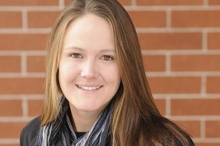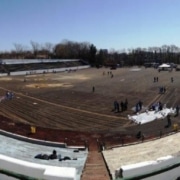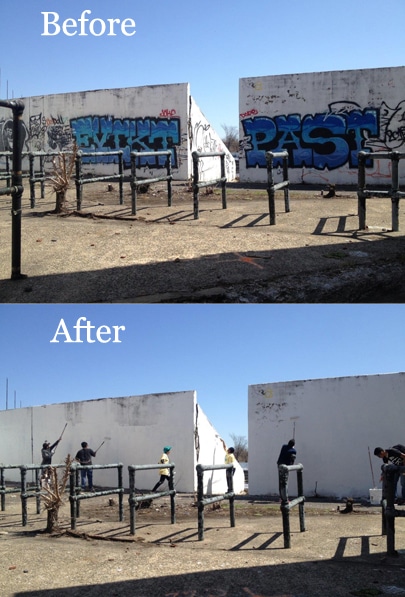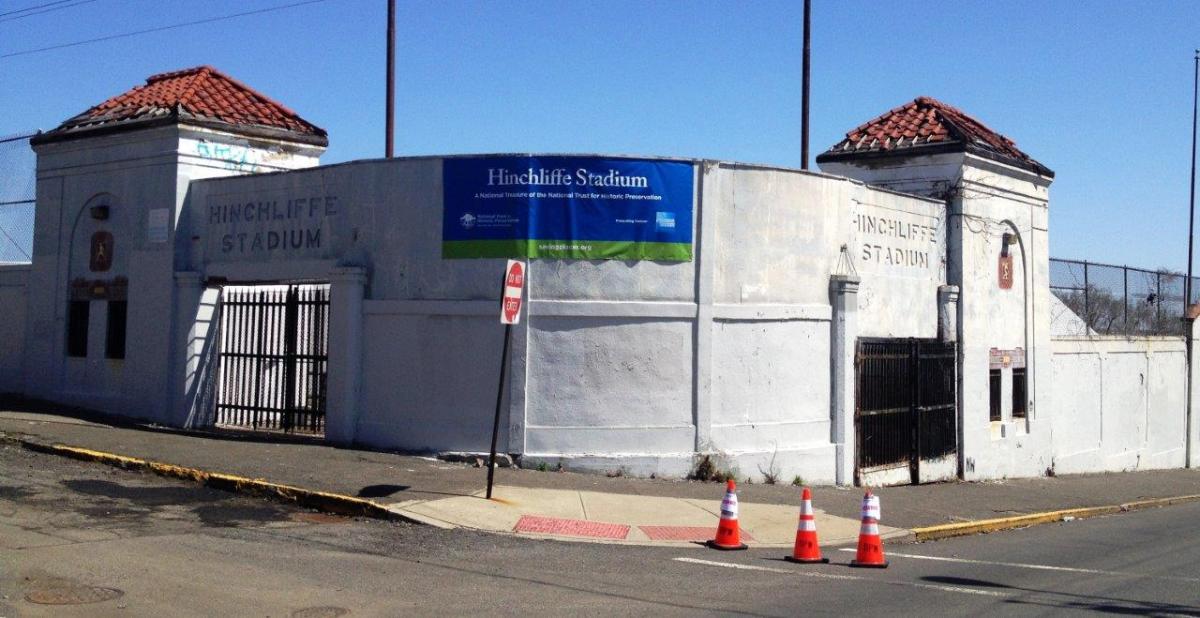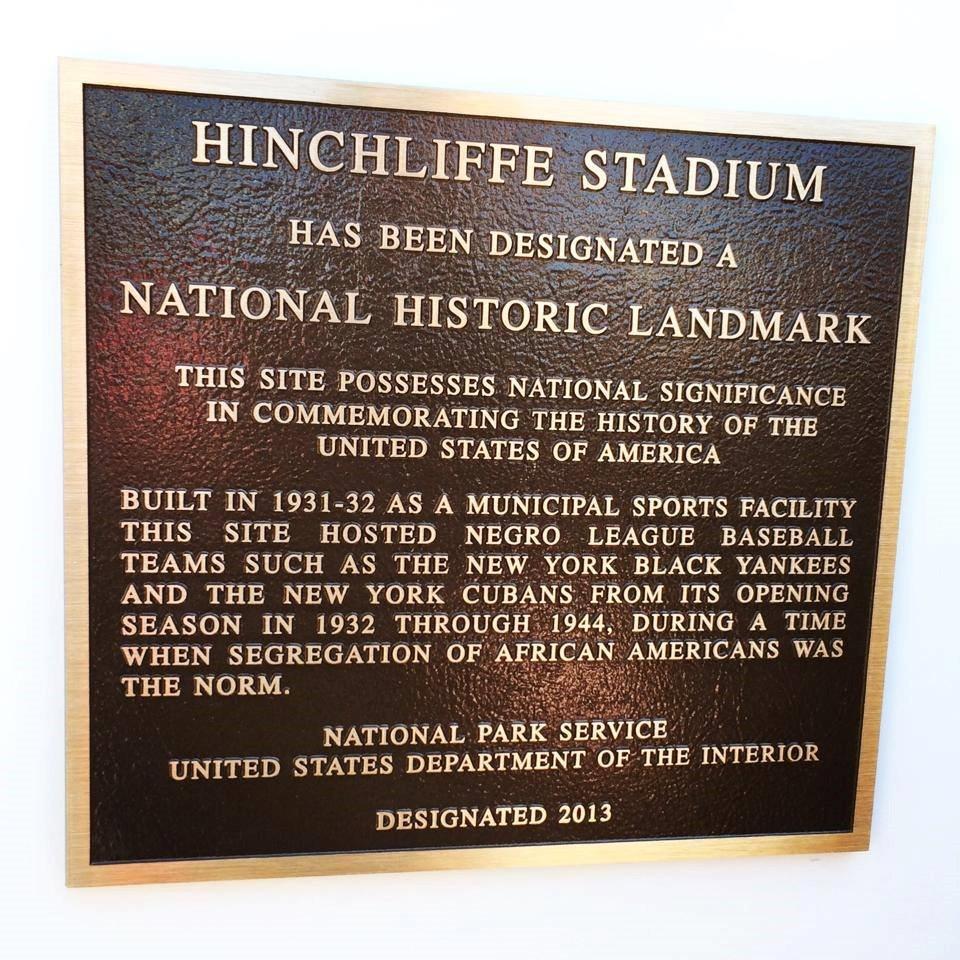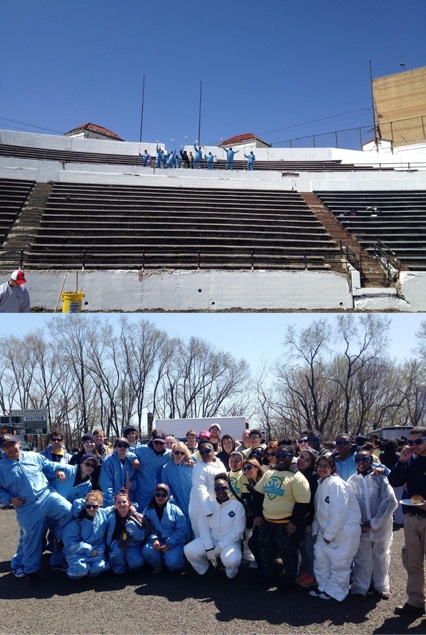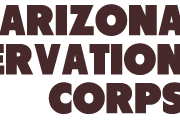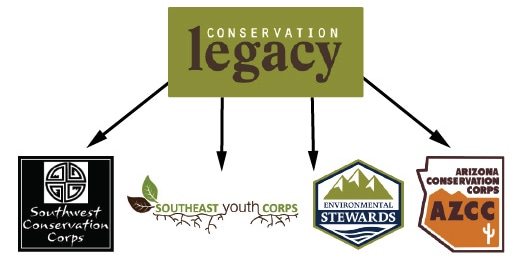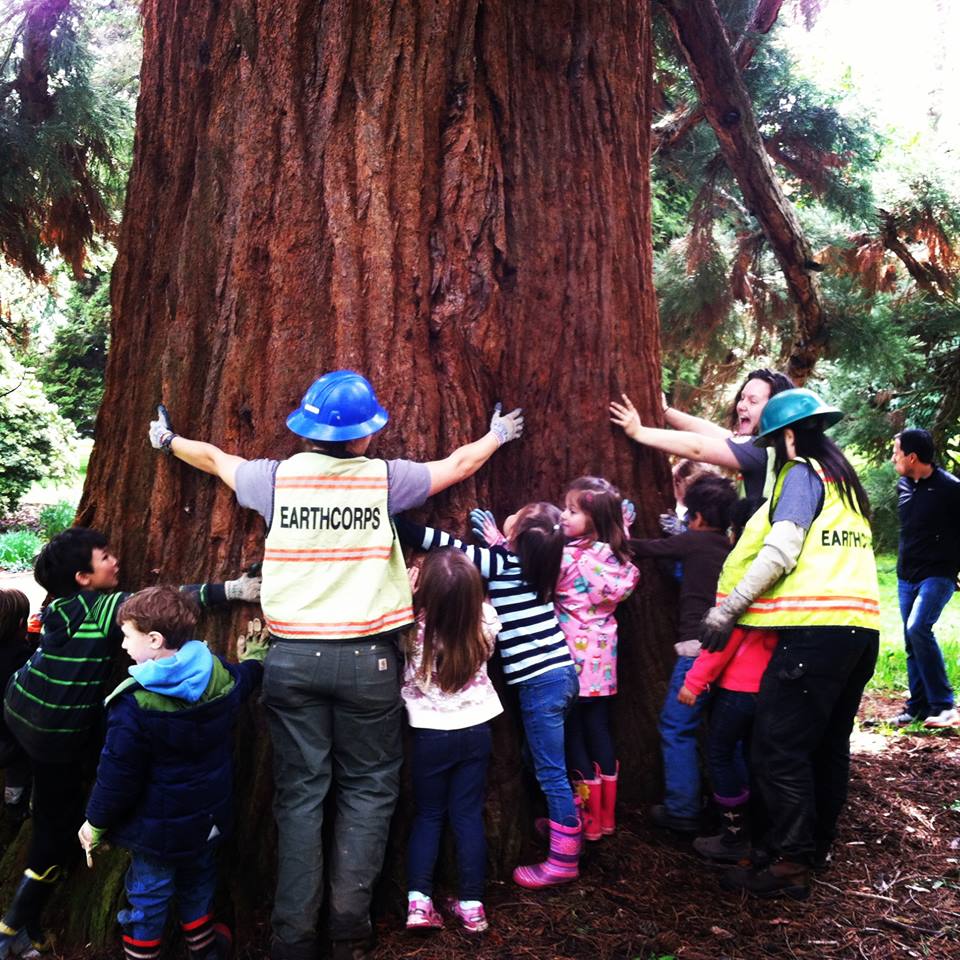
EarthCorps Corpsmembers “spread some Earth Month love” with students.
A Roundup of Earth Day News
Wendy Spencer, CEO of the Corporation for National and Community Service, writes about green service opportunities in an op-ed for the Huffington Post. In the very first paragraph she mentions none other than Mike Bremer, a 2012 Corpsmember of the Year.
Like many transitioning service members, Mike Bremer was having a tough time finding work after he came home. Then he joined AmeriCorps, serving on the all veterans fire team with the Southwest Conservation Corps. With the skills he learned, Mike was able to secure a job with the U.S. Forest Service as a full-time firefighter. Read more
Watch an Earth Day video chat with Mike Connor, recently confirmed Deputy Secretary of the Interior (P.S. tune in at 2:35 to hear a question submitted by Harry Bruell, CEO and President of Conservation Legacy, and jump to 28:35 to hear a question from Levi Novey, Director of Communications and Marketing at The Corps Network).
A few highlights of Corps Earth Day projects…
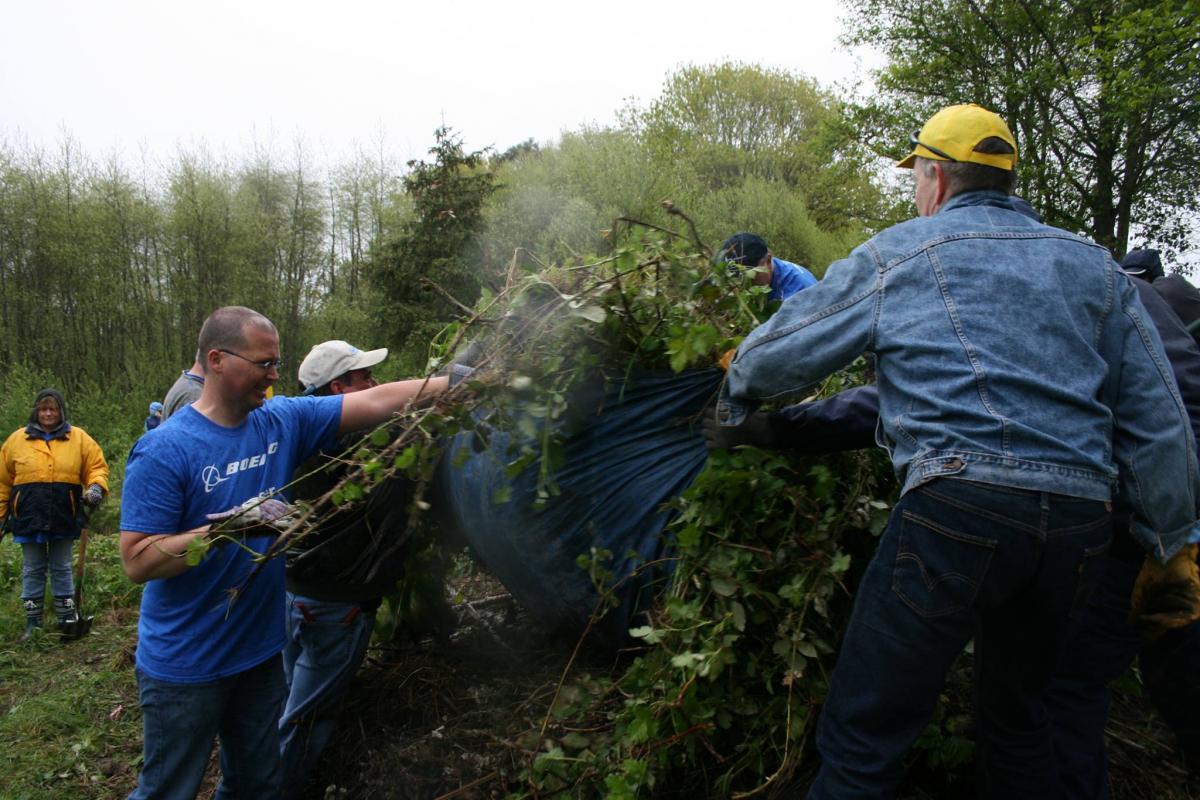
EarthCorps
The entire month of April is Earth Month for EarthCorps. In total, they will host 22 events and mobilize more than 1,800 community volunteers in habitat restoration in community parks and green spaces. Events will take place in the cities of Seattle, Everett, Mercer Island, Federal Way, and Tacoma. Activities mostly include invasive species removal.
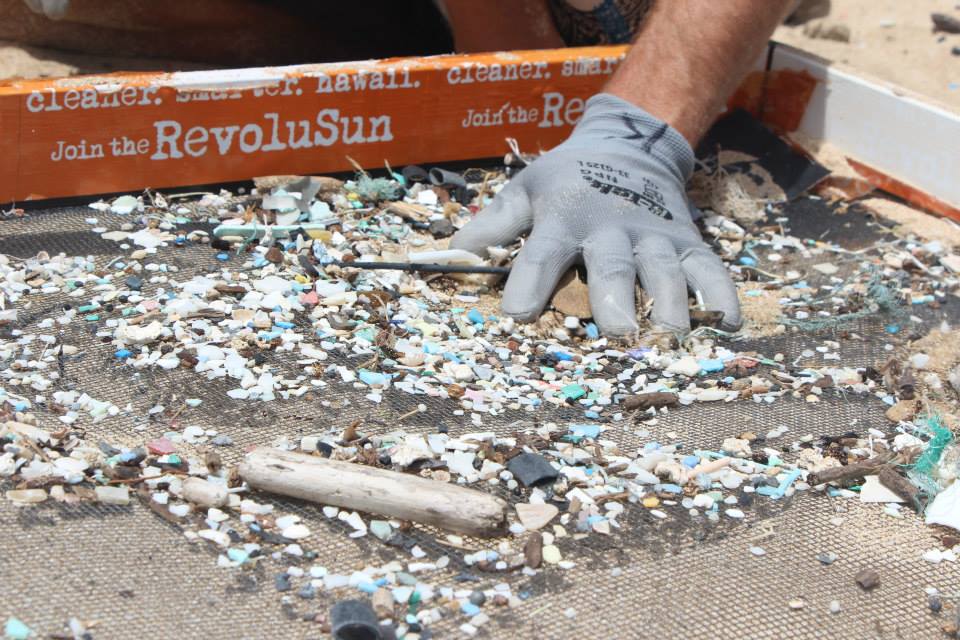
Kupu – Hawaii Youth Conservation Corps
On April 19th, volunteers with Kupu removed marine debris from Oahu’s dirtiest beach. Kahuku Beach has more plastic than any other shoreline on Oahu.
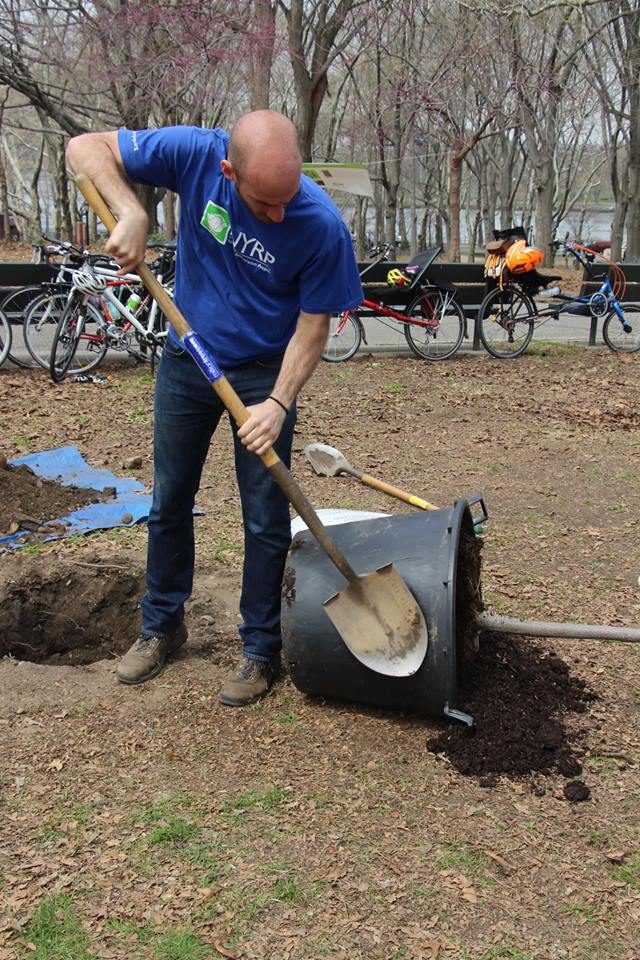
New York Restoration Project – NYRP
New York Restoration Project planted trees in Astoria park on April 22nd.
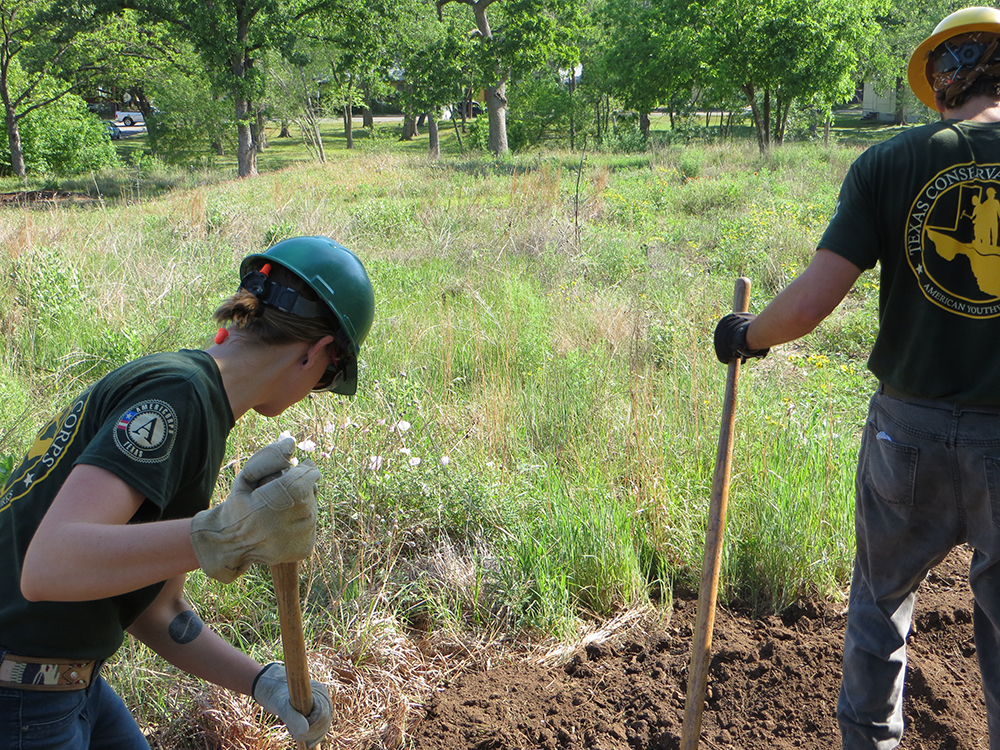
American YouthWorks – Texas Conservation Corps
In the days leading up to Earth Day, a Corps Network-AmeriCorps crew from the Texas Conservation Corps teamed up with a neighborhood group and Boy Scout troop to install a new trail through a native prairie landscape in a historic central city park and museum in Austin, Texas. The new 300 foot accessible trail at the Ney Museum was built by the Corpsmembers using native materials, including a natural plant-based stabilizer that created a more accessible and erosion resistant trail. The trail will be quickly put to use to interpret the natural history of Central Texas to the thousands of school children and other visitors who tour the historic site each year.
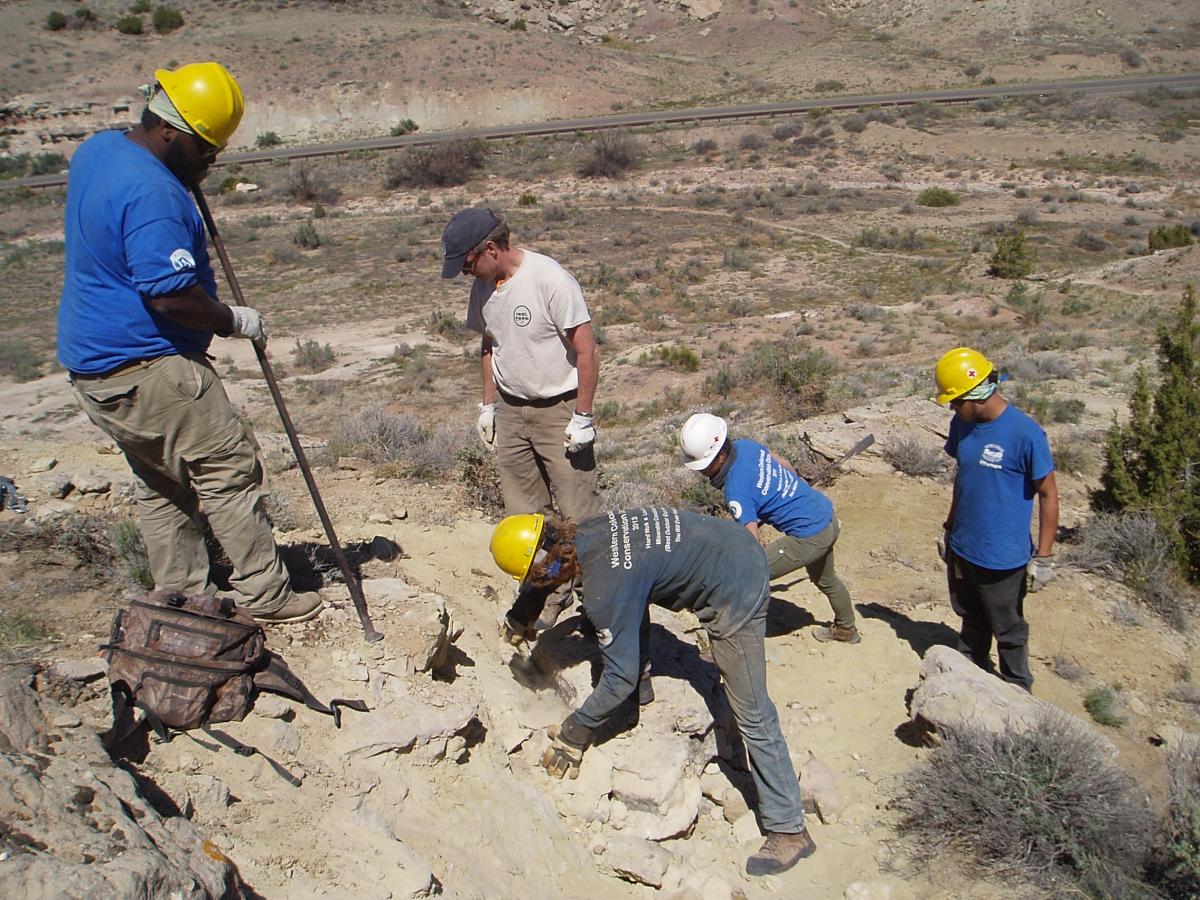
Western Colorado Conservation Corps – WCCC
On April 11th, Western Colorado Conservation Corps generated 87 volunteer hours doing rockwork on the Tabeguache Trails System. Putting in place large rocks to deter mountain bikers, the volunteers created a connector trail specifically for hikers. This is one of the first trails of its kind in the area. In total, the crew constructed 200 feet of new trail, 2 retaining walls, 2 staircases and 1 armored section of trail.
“It’s awesome that we were able to move two ton rocks and disguise it like nothing happened,” said Chi Yun Takaki, an Assistant Crew Leader.
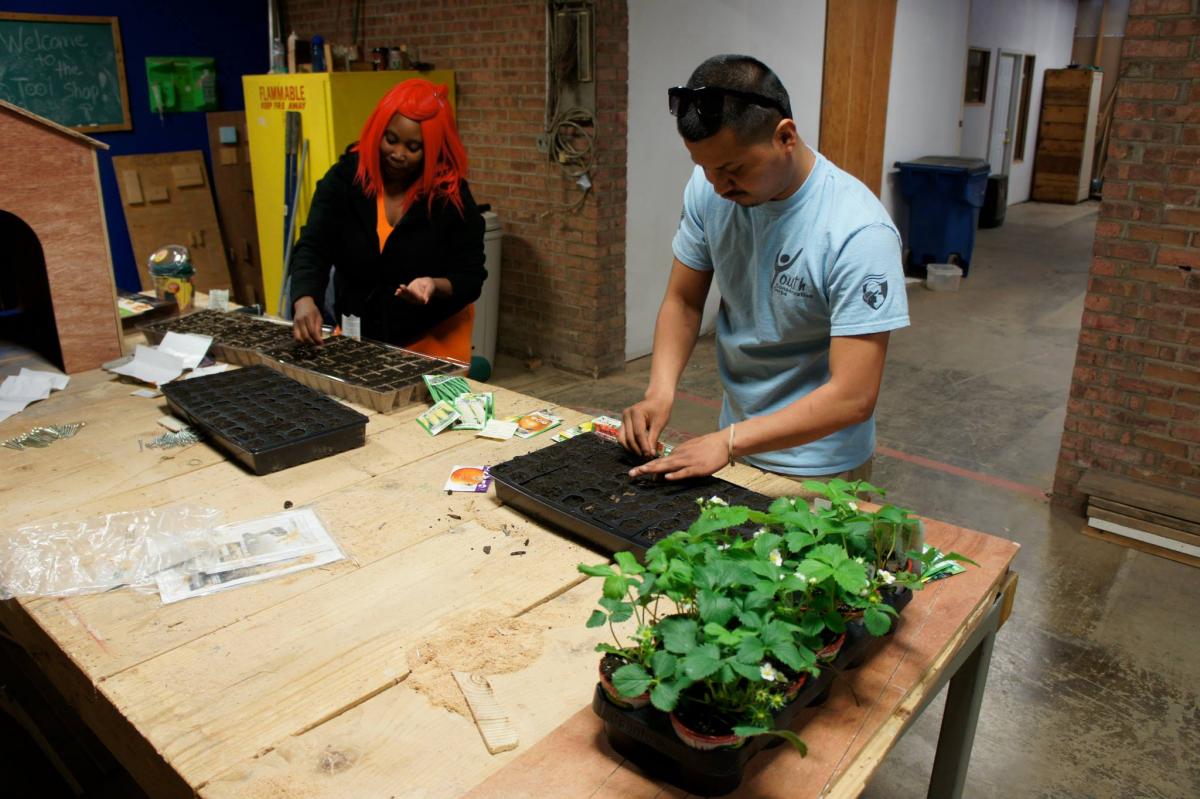
Youth Conservation Corps – YCC
Youth Conservation Corps spent the day “greening” their location in Waukegan, IL. They built raised beds, filled them with soil and compost, and then planted them with flowers and vegetables. They also planted native prairie grasses around the building, along with bushes and other plants.
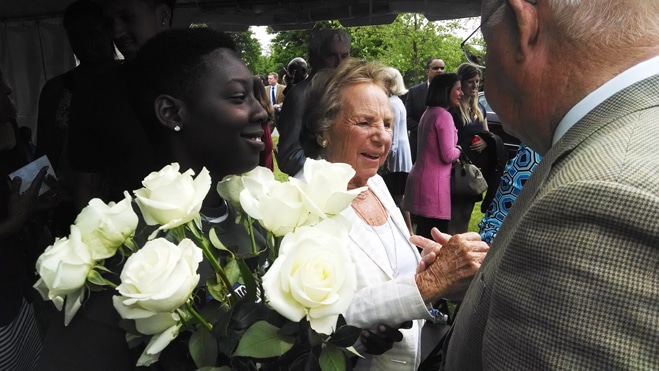


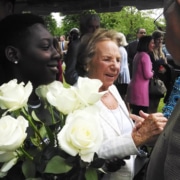

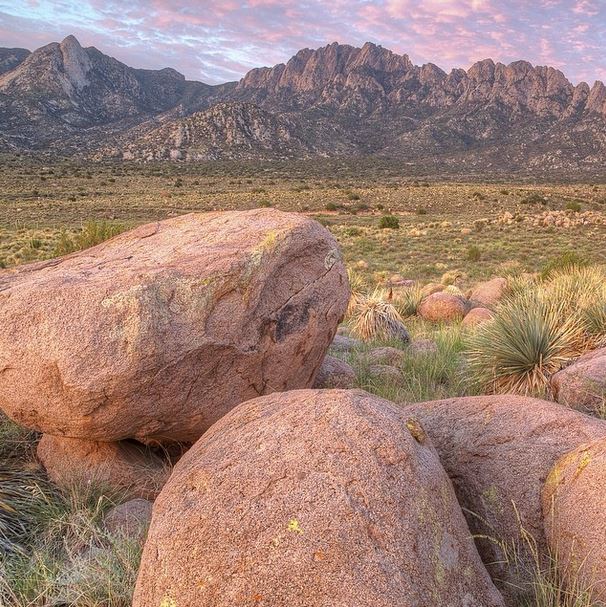

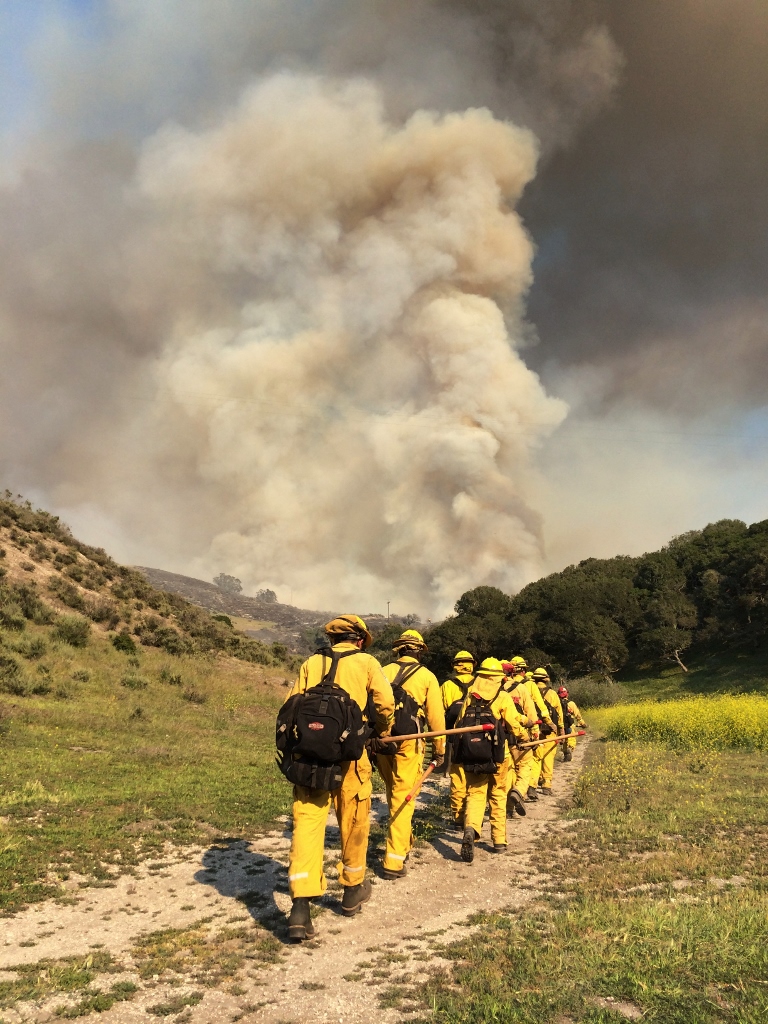
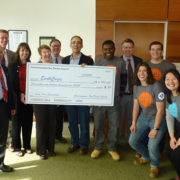


 From Southwest Conservation Corps President & CEO Harry Bruell
From Southwest Conservation Corps President & CEO Harry Bruell
